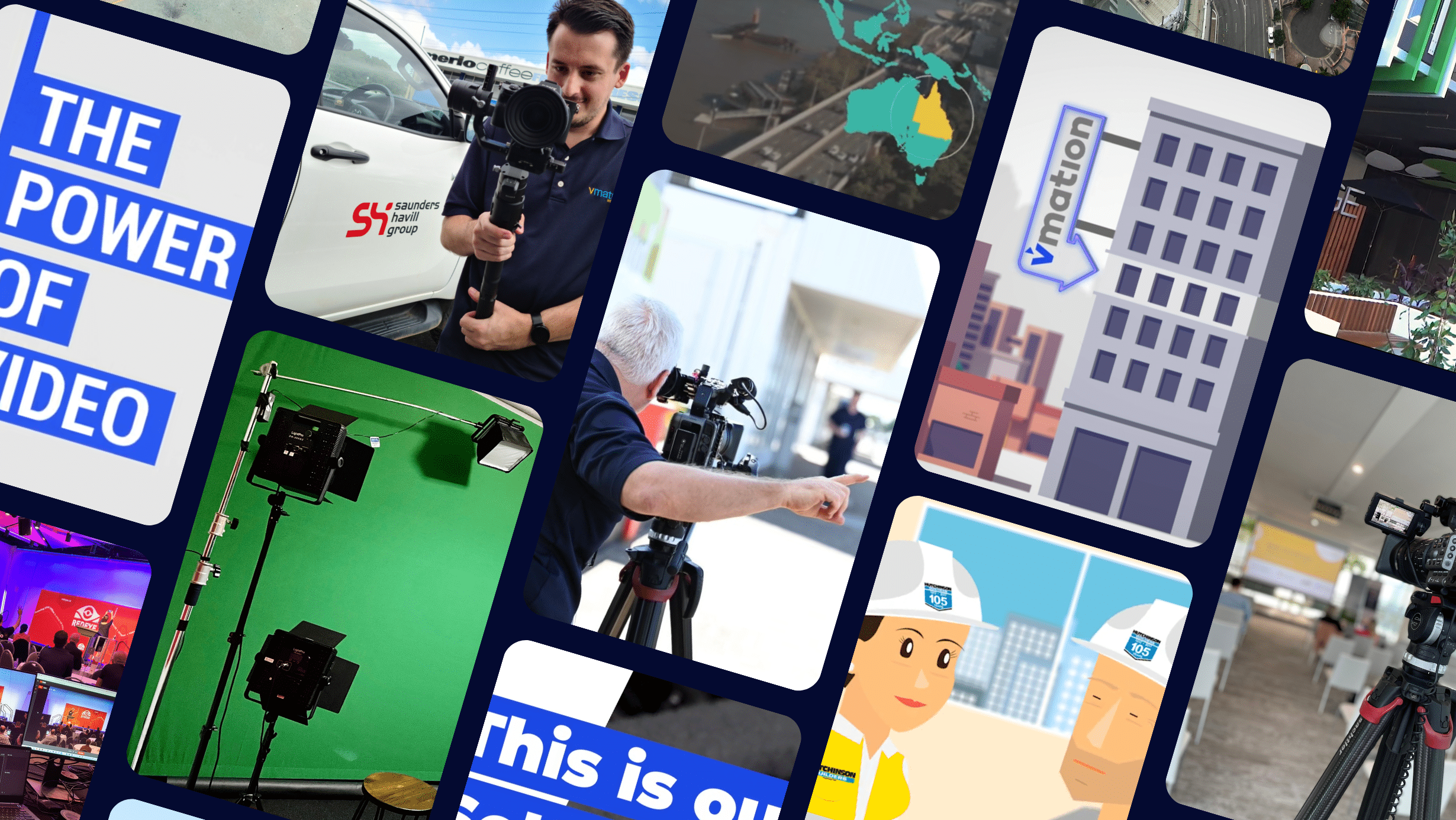Effective & Efficient Corporate Training
In today’s digital age, corporate training videos have become an increasingly popular tool for companies to use as part of their employee training programs. These videos offer a range of benefits that make them an effective and efficient way for companies to train their employees on important topics such as human resources policies, safety procedures, and compliance requirements.
One of the most significant benefits of video training is increased engagement and retention of information. People remember up to 90% of what they see and do, compared to only 10% of what they read. This means that video training can be a more effective way to train employees because they are more likely to remember and apply the information they learn.
Moreover, video training offers more flexibility in the delivery and scheduling of training. Employees can watch a video training at any time and location, allowing them to fit the training into their schedules. This can be especially beneficial for companies with multiple locations or for employees who work remotely.
Cost Effective
Another advantage of video training is its cost-effectiveness. Video training is one of the most cost-effective ways to train employees, with the average cost less per employee, compared to in-person training. Furthermore, videos can be used repeatedly, reducing the need for repeated training and saving money in the long run.

Corporate training videos can also be used to create a consistent training experience for all employees, regardless of location. This can help to ensure that all employees are receiving the same training and are on the same page when it comes to company policies and procedures. Additionally, videos can be used to train employees on specific topics, such as safety procedures or compliance requirements, which is crucial for ensuring that employees understand the importance of these issues and how to handle them.
Train Employees Remotely
With the increasing adoption of video conferencing and other remote work technologies, video training has become an even more effective way to train employees who are working remotely. It allows remote workers to participate in training just as easily as if they were in the office, and can help keep them engaged and connected to the company.

However, it’s important to note that not all training videos are created equal. To ensure that the video is effective and that employees can retain and apply the information, it must be well-structured and designed with the end-user in mind. A high-quality training video with clear instructions and objectives will help to ensure that the training is effective.
Corporate training videos offer numerous benefits to companies, including increased engagement and retention of information, flexibility in the delivery and scheduling of training, cost-effectiveness, consistency in training, and the ability to train remote workers. As such, they are an effective and efficient way for companies to train their employees on important policies, procedures, and compliance requirements.
A step by step guide
Step 1: Define Your Objectives
Define the your specific objectives before diving into video production. It is crucial to establish clear objectives for your training video. Identify the specific skills or knowledge you want to impart and the desired outcomes. This clarity will guide your content creation process and ensure your video remains focused and impactful to your viewers.
Step 2: Know Your Audience
Understanding your target audience is essential to create relevant and engaging content. Consider their job roles, experience levels, and learning preferences. Tailor your video’s tone, language, and examples to resonate with your viewers and maximize their comprehension and retention.
Step 3: Develop a Detailed Script
A well-structured script forms the foundation of a successful training video. Start by creating an outline, breaking down the content into logical sections or chapters. Write clear and concise scripts for each section, using a conversational tone to make the content easily digestible. Remember to include compelling storytelling elements, relatable scenarios, and real-life examples to make the training video more engaging.
Step 4: Plan Visual Elements
Visual elements play a vital role in enhancing the effectiveness of your corporate training video. Consider using a mix of relevant images, graphics, animations, and video clips to illustrate key concepts and reinforce learning points. Ensure that the visuals are high-quality, visually appealing, and align with your brand’s aesthetics.
Step 5: Incorporate Interactivity
To boost learner engagement, incorporate interactive elements into your training video. This could include quizzes, knowledge checks, clickable hotspots, or branching scenarios. Interactivity not only helps reinforce learning but also encourages active participation and improves knowledge retention.
Step 6: Choose the Right Tools and Equipment
Invest in quality video production tools and equipment to ensure a professional-looking final product. A high-definition camera, good lighting, clear audio recording equipment, and video editing software are essential for creating a polished training video. Alternatively, you can consider working with a professional video production company to ensure top-notch quality.
Step 7: Shoot and Edit
When shooting the video, pay attention to factors like lighting, sound, and framing. Ensure that the presenter speaks clearly and confidently, maintaining good eye contact with the camera. After recording, edit the footage to remove any mistakes, enhance visuals, and add relevant text overlays or captions. Keep the video concise and focused, aiming for a length that is optimal for learner engagement.
Step 8: Add Captions and Translations
To cater to a diverse workforce, consider adding captions or subtitles to your video. This will make the content accessible to individuals with hearing impairments and those who prefer to watch videos with the sound off. Additionally, if your organization operates globally, provide translations or subtitles in different languages to ensure inclusivity.
Step 9: Test and Gather Feedback
Before releasing your training video, conduct a thorough testing phase. Share the video with a small group of employees or stakeholders and gather feedback to identify areas for improvement. Pay attention to their suggestions, address any concerns, and refine the video accordingly. Testing and feedback loops are crucial to ensure a high-quality final product.
Step 10: Distribute and Promote
Once you are satisfied with the final version, it’s time to distribute and promote your corporate training video. Utilize your learning management system (LMS) or other
The Power of Video
Using a combination of video and animation will engage people’s attention and help them retain information: with the right videography and animation, a message that might take 5 minutes to comprehend through a written update can often be absorbed through a 45-60 second video.


